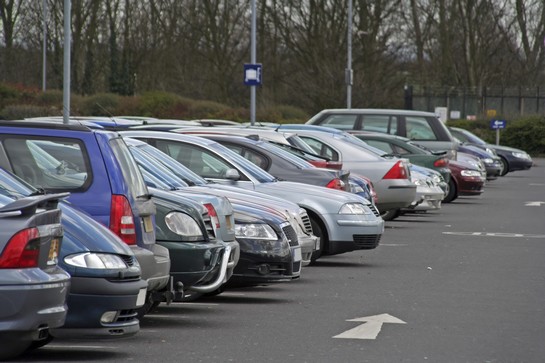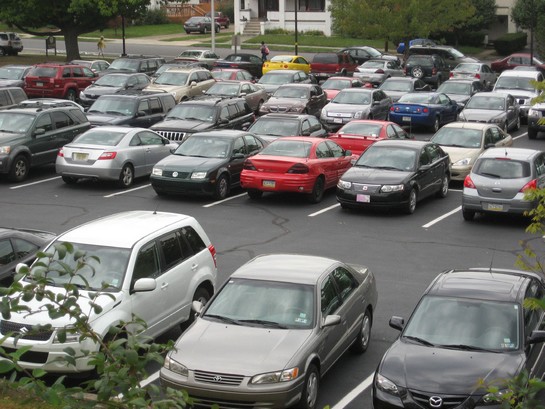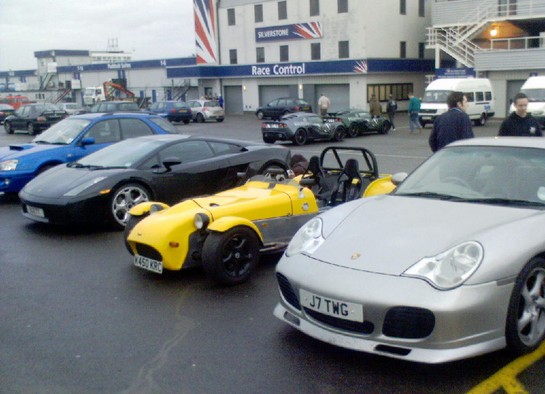
Parking your car can sometimes be a real pain, and we’re not actually talking about the maneuvers you have to make to park it, but rather the rules you have to follow, how to find a safe and secure place to leave your vehicle, etc., so we came up with this quick guide on car parking. Hope it helps.
Think before you park. Obviously, if you park where it is illegal, you will have problems, but careless parking even where it is legal can cause difficulties for you and others. In fact, if your parking causes an obstruction, it becomes illegal in most places and you may return to find your car has been removed.
Choosing A Place
When choosing a parking place you should consider:
- is it legal?
- is it safe?
- is it secure?
- is it big enough?
Is it legal?
In the UK, The Highway Code lists all the places it is illegal to park. Yellow lines in the kerb indicate restrictions that should be shown on signs nearby.
It is illegal to park:
- on motorways except on the hard shoulder in emergencies
- on the zigzag lines around pedestrian crossings
- in various types of ‘clearway’, which have signs at the beginning and end, and notices showing restricted times
- on roads with double white lines up the middle, except to pick up or drop passengers
- in active bus and cycle lanes
- where there are red kerb lines in urban Wed routes.

The use of lights when parking at night varies a lot from country to country. In the UK you must show parking lights in roads with speed limits over 30 mph, even if parked in a lay-by. Cars can be parked on roads with limits up to 30 mph without lights if they are more than 10 metres from a junction and are in a recognized parking place or lay-by.
Is it safe?
You should find a car park that is well-maintained through regular Car park Sweeping, with even surfaces and sufficient lights at night. Parking safely is mainly common sense and boils down to whether others will be able to see your car and see round it.
That means you don’t park on or near blind bends and brows, remembering that if you do you may force drivers of slower, larger vehicles to put themselves and others at risk by passing your car on the wrong side of the road. You also may not give others enough time to avoid your car once they have seen it.
If you park within 10 metres of a junction, you restrict the view of drivers coming out of the junction and may make it impossible for drivers of large vehicles to turn in. Parking opposite a junction also makes it harder for turning vehicles. The same applies to stopping opposite anything that restricts road width, like an island or another parked vehicle, including creating a tight slalom by parking just a little away from it. In these cases, if your car is restricting a turn, or forcing large vehicles to weave awkwardly, there is a good chance it will get damaged. Remember, too, that you could block the road to emergency vehicles.
Look out, too, for drop kerbs that indicate a vehicle access from properties or a route for those with wheelchairs and pushchairs. Apart from being discourteous, parking in front of them may force the users into unsafe routes over the kerb or even strand wheelchair users in the road.
Is it secure?
Security is important, especially if you are returning to the car in the dark. Look for lighting and CCTV cameras, especially in urban car parks. In streets, thieves love people who park by the end walls of houses, where nobody can overlook them at work. In car parks, choose a well-lit, central area, not a dark corner or somewhere near bins, where attackers may hide.

Busy areas and those overlooked by houses and businesses are generally more secure, though somewhere outside rowdy clubs at closing time is best avoided.
Is it big enough?
Naturally, the space needs to be long and wide enough for your car, but look around it, too. You need to be able to open the doors enough to get out and there must be enough space around the car for pedestrians to get past without banging into it. If you park near a large vehicle make sure you leave enough space for them to get out, not least because if the driver gets it wrong your car is likely to come off worst.








